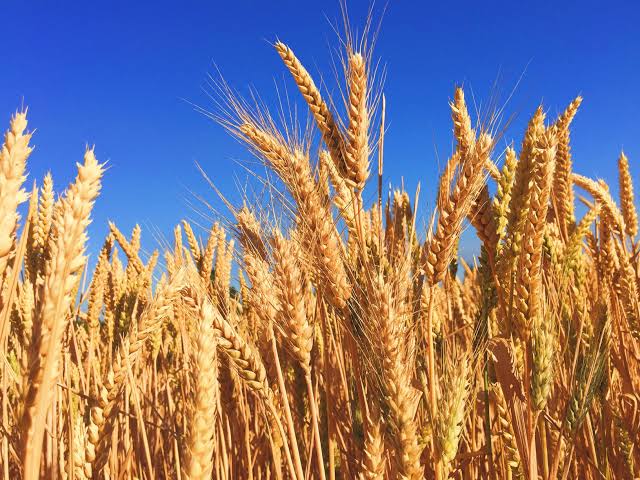New Delhi: As temperatures soared past 40 degrees Celsius in March , the hottest on record, wheat farmer Gurbaksh Nagi of Punjab’s Mansa district noticed that stalks of maturing grains in his field had turned brown from golden yellow, a sign they had shriveled from extreme heat.
Now, official data from crop-cutting experiments, which help scientists determine yields, show the extent of damage. A scorching summer linked to climate crisis in Punjab, Haryana and Uttar Pradesh, three breadbasket states, saw wheat productivity decline the most in two decades, official data show.
This year’s losses come on the heels of a similar heatwave in 2010 and a milder one in 2019. The perilous impacts on the staple signal the risks posed by climate change to India’s long-term food security, experts say.
Punjab’s wheat yields dipped to 43 quintals per hectare. On average, yields fell by 20% a hectare, sharper than the 8% fall in 2010.
Farmers say they have been pushed deeper into debt, having suffered losses of anywhere between ₹12,000- ₹18000 a quintal (100 kgs).
In Uttar Pradesh, another large wheat grower, yields dipped 18%, while Haryana saw them go down 19%. Such losses prompted the agriculture ministry to project an estimated 5% overall fall in output to 106.41 million tonne this year from an initial forecast of 111.32 million. The actual number may be lower/
In Punjab, Bathinda and Mansa saw the highest declines, of up to 30%, the data show.
One long-term consequence could be that wheat belts could shift to cooler climes, geographically altering the country’s breadbasket, as climate predictions show heat spells could get more intense and frequent in absence of mitigation, scientists say.
Last year, the first of four Intergovernmental Panel on Climate Change (IPCC) reports highlighted evidence pointing to a changing monsoon, rising seas, deadlier heatwaves, intense storms, flooding and glacial melts.
A 2016 government report on the impact of climate change on India’s agriculture, one among many, projected that a 2.5 degrees Celsius to 4.9 degrees Celsius temperature rise could trim wheat yields by 41%-52%.
More recent research shows the Indo-Gangetic Plain (IGP), one of the major wheat-production regions the world, will see increasing heatwaves. A widely cited June 2021 study published in the Journal of Agriculture and Food Research, led by AS Daloz of the Center for International Climate Research, Oslo, portends both direct and indirect impacts of climate change on IGP.
The direct impact showed wheat yields losses of between −1 and −8%, while indirect impacts, such as drying irrigation sources, show higher losses, from −4% to −36%.
Rising temperatures have already made Indian agriculture more resource hungry. According to ongoing studies by the Indian Council of Agricultural Research (ICAR), farming now consumes up to 30% more water due to “high evaporative demand” in states such as Andhra Pradesh, Punjab and Rajasthan.


Comments are closed.